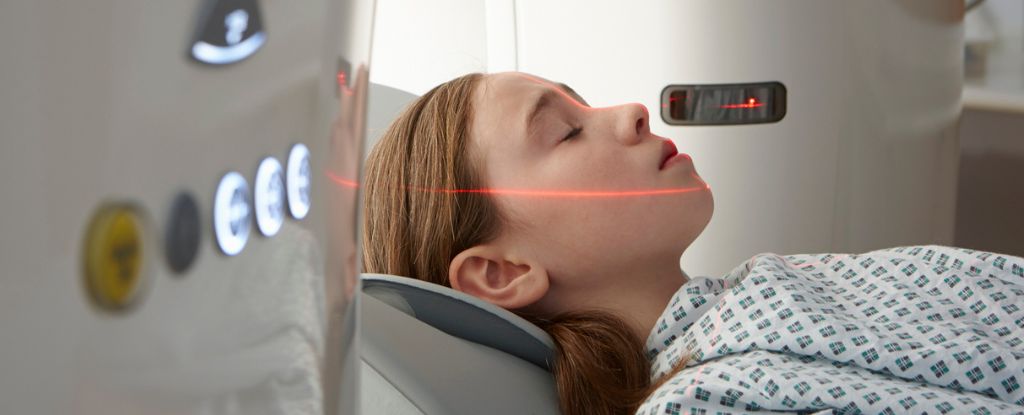Even the simplest of creatures know hunger. That ache for food drives decisions and behaviors in all living things.
For most of us, the consequent behaviors of hunger originate in our brains. Then, it’s up to our outer nervous system to let our brains know when we’ve had enough to eat. But not all animals have brains, so University of Kiel zoologist Christoph Giez and colleagues examined jellyfish relatives found in freshwater, called hydra, to see how brainless creatures balance feeling hungry and full.
To their surprise, they found hydra have more sophisticated networks of neurons than expected. Despite their brainlessness, hydra also have a nervous system, with one network acting like our central nervous system, which includes our brains, and another network acting like our peripheral nervous system, which includes all the nerves outside our brain and spinal cord, including the nerves in our guts.
In hydra, the network responsible for digestion (N4) is located more internally, while the other network for feeling full (N3) is located more externally, but the two systems are not separated into completely distinct parts of the body like our nervous systems are.
“This proves that a very simple system such as the diffuse nerve network of the freshwater polyp is already capable of sensing something as complex as the internal metabolic state and can regulate the related behaviors accordingly,” explains Kiel University developmental biologist Thomas Bosch.
In a series of experiments, Giez and team show hydra can indeed detect and change their behaviors according to a sense of feeling full.
“For example, after feeding the animals, they showed a significantly lower attraction to light stimuli and an equally strong suppression of natural movement patterns,” says Giez.
“One possibility is that Hydra moves towards the light in search of food, performing a somersault-like locomotion. Therefore, the feeling of satiety inhibits these behavioral patterns, as fed animals temporarily do not have to search for food.”
When the researchers removed the hydras’ outer network of neurons (N3) the animals lost their light orientation abilities and were more likely to open their mouths for food. This suggests that N3 neurons have an inhibitory role on mouth opening.
“We could thus deduce that the [outer] population is mainly responsible for locomotion and for the integration of stimuli,” explains Giez. “By demonstrating this sub-functionalization of neurons in a simple system, we were able to show that certain nerve populations in Hydra can already assume central functions similar to those in more complex nervous systems.”
Together, the hydra nervous systems control the translucent animal’s appetite, suggesting these separate but communicating systems arose early in animal evolution. While the researchers could not find direct physical connections between the two systems, they suspect their communication occurs chemically.
With incredible powers of regeneration and a defiance for aging, hydra have long fascinated researchers. Now, it seems their nervous system may also be able to teach us more about the evolutionary origins of our hunger.
This research was published in Cell Reports.





